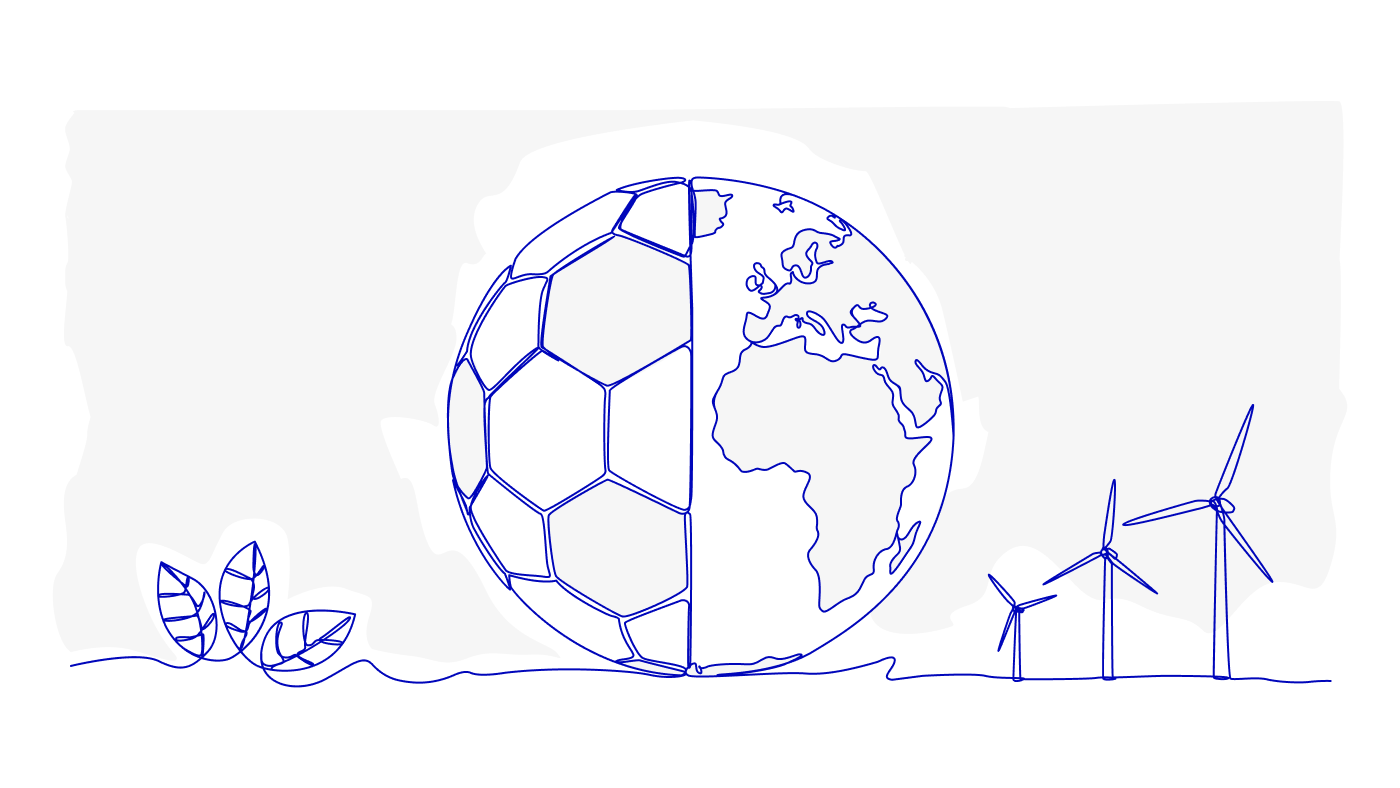Spain is currently grappling with two interconnected environmental challenges, a severe drought and its warmest winter on record. The combination of reduced rainfall and abnormally high temperatures has led to significant water shortages in Spain.
From decreased river flows and shrinking reservoirs to parched farmlands and water restrictions, the consequences of the drought are felt across the country, but especially in the region of Catalonia.
The drought in Catalonia is causing a serious water shortage leading to the government declaring a state of emergency and imposing strict restrictions on water use. The restrictions, which include the ban on watering lawns, filling private pools, washing cars, is affecting around six million people in the region including its largest city, Barcelona.
Billboards in Barcelona with a slogan saying “Water doesn’t fall from the sky” have been put up to encourage people to save water.
Spain is fast becoming Europe’s poster child of what the future might look like with continuous global warming but the impact of climate change is not limited to Spain alone; they reflect the broader consequences of climate change in the continent.
The World Meteorological Organization (WMO) has already issued a warning that Europe is warming twice as fast as other continents. This is a fact that is already being felt right here, right now.
Drought risks in an increasingly hotter world
Climate scientists predict that drought conditions in Spain and other parts of the world will worsen as a consequence of climate change. Rising temperatures and shifting precipitation patterns will lead to increased water stress.
This will impact agriculture, ecosystems, and water availability and can have far-reaching implications, including diminished crop yields, food security risks, increased wildfires, and conflicts over scarce water resources.
Using EarthScan data, under business as usual (BAU) scenarios, by 2050, Spain will experience high climate risk, a rating of D based on Mitiga’s climate risk ratings, related to drought.
A D rating means that there is between a 67% and 92% probability that the locations will exceed an unsafe threshold for drought. The map below shows areas of Spain that will have a high to very high risk of drought by 2050 under BAU scenarios.
This means these areas will experience greater than 50 consecutive dry days in 2050. Among these, the areas of Badajoz, Alicante, Caceres, and Granada will be exposed to the highest risks of drought.

Already, these areas have faced water scarcity amidst the worst drought in decades. Last year, an ancient monument dating back 5,000 BC resurfaced in Caceres, after an intense drought – its worst drought in 60 years.
In Granada, farmers facing drought have found a solution using the ancient method of irrigation called “acequias”, a technology from the Moors that uses gravity and slows down the water from the mountains and distributes it to the plains. The ingenuity of communities is inspiring, but so much can only be done if the world exceeds the Paris goals of limiting global warming between 1.5C-2C.
In contrast, a Paris-aligned scenario will see drought-related risks in Spain decrease significantly.


Curious to gauge your assets' exposure to events such as flooding, extreme heat, or drought?
Get a personalised demo of EarthScan to see how you can get a full view of your climate risk in one click.
The future of Spain
The world has just experienced the hottest January on record and the latest report by the Copernicus Climate Change Service (C3S) published earlier this month sounded a global alarm: for the first time on record, global warming has exceeded temperatures of 1.5 degrees Celsius over a 12-month period.
While scientists said that the world still has not permanently breached the 1.5C warming threshold target outlined in the Paris climate agreement, Spain's drought and warmest winter on record are stark reminders of the consequences of surpassing this threshold.
Drought is one risk among many that Spain faces in a warming world. As global temperatures rise, Spain could face intensified heatwaves, leading to health risks, particularly for its aging population.
Its storied agricultural sector may confront varying crop yields due to shifting precipitation patterns and increased water scarcity, possibly reshaping the nation's diet and export economy.
Coastal areas, crucial to Spain's tourism industry, might grapple with sea-level rise and extreme weather events, necessitating innovative coastal management and disaster response strategies.
However, this future is not set in stone; how the world acts on reducing its emissions will play a crucial role in what the future would look like for countries like Spain.
One thing is sure - Spain will need to be ready in facing whatever the future may hold. Spain's response to these impending changes will be critical in determining its path through the global environmental landscape of tomorrow.

.jpg)





